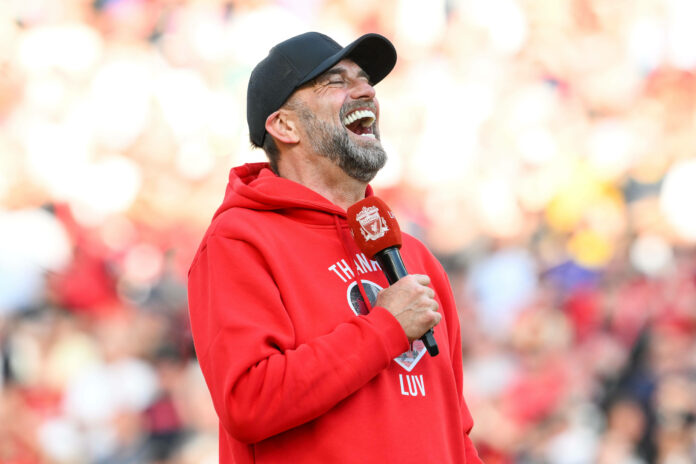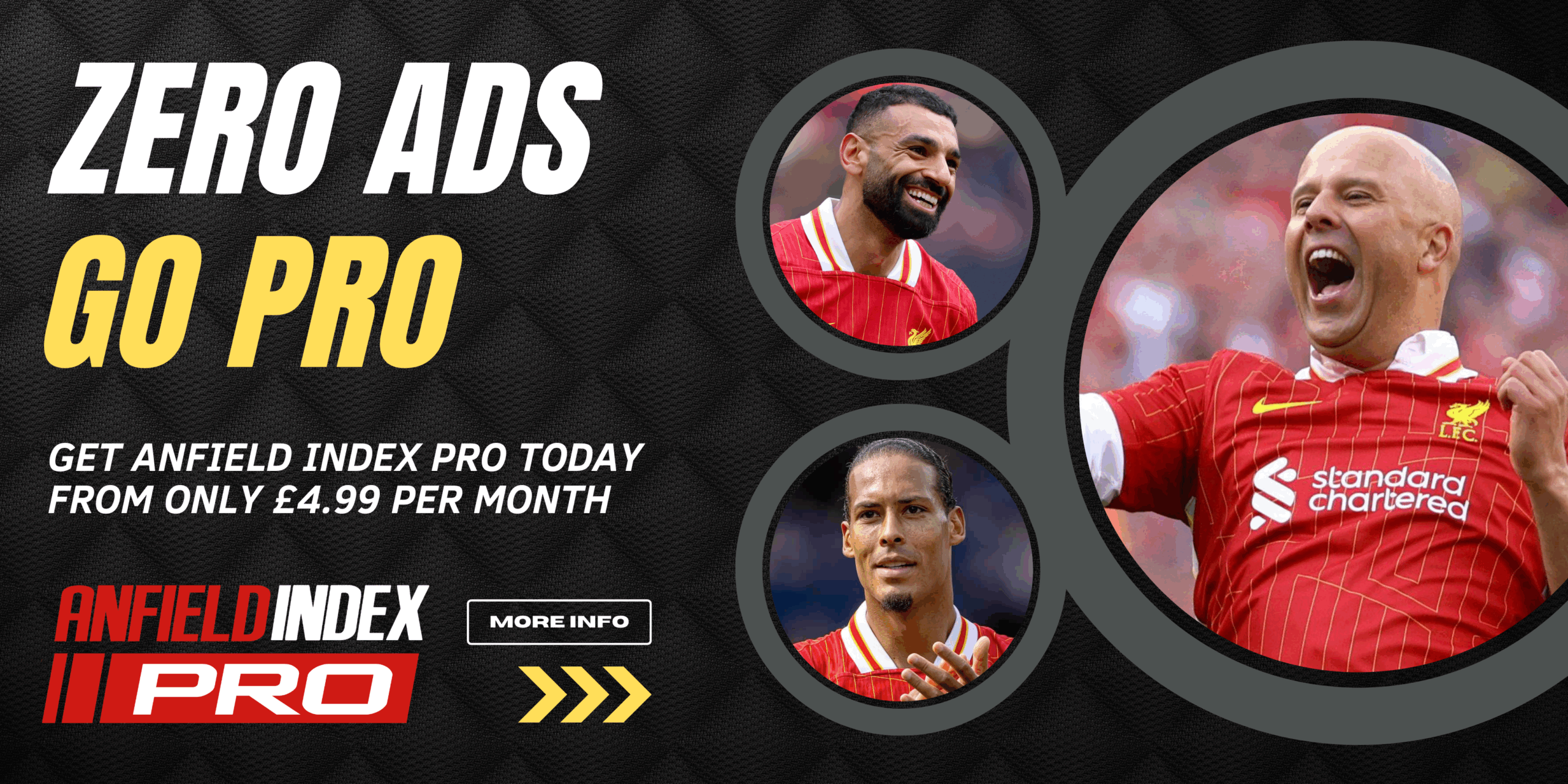When Jürgen Klopp said that the 2023–24 season would be his last as Liverpool manager, it shocked the whole football world. Klopp turned Liverpool from a club that couldn’t stay consistent into one of Europe’s most feared and fun teams over the course of almost ten years. He brought trophies, unforgettable comebacks, and a new footballing identity to Anfield.
But as Klopp’s last season went on, it became clear that this was more than just a farewell. It was also a plan for the future. His last year in charge hasn’t been about taking it easy or being sentimental; it’s been about making plans for a smooth transition.
Change, Not Revolution
Gegenpressing, high intensity, and vertical explosiveness have all been important parts of Klopp’s Liverpool. But in his last season, he changed the way the team plays in small ways. The high line is still there, but it is now more flexible and under control. There are still pressing triggers, but they are now more choosy. Liverpool 2.0, which many fans call “Kloppball with brakes,” is not all-out chaos. Instead, it is about control, balance, and structure.
This change isn’t just because the team is tired or because the Premier League’s tactics are changing; it’s a gift to his successor. Klopp makes sure that the next manager gets a flexible tactical core instead of a rigid system that is based on one person’s ideas.
The Hybrid Midfield System
Liverpool’s hybrid 3-box-3 structure when they have the ball has been a big part of this season. This change in strategy, which was made in the middle of the 2022–23 season, was set in stone during Klopp’s last season. What changed most? Trent Alexander-Arnold’s role was flipped when he moved to midfield during buildup.
This flip:
- Gives you more control in the middle of the park.
- Lets Liverpool put too much pressure on the middle.
- Three defenders stay deep to keep things safe during the transition.
Trent’s move inside has helped him, but it’s also helped Dominik Szoboszlai, Alexis Mac Allister, and Curtis Jones by giving them the freedom to move forward and help the front line. Liverpool’s style is likely to stay the same even after Klopp leaves, with this fluidity in the midfield.
Youth as a Strategic Investment
Klopp’s last season has also been a show of faith in young players, not just for squad depth but also as a long-term strategy. Jarell Quansah, Conor Bradley, and Bobby Clark have all been important players, and Quansah looks like he will be a key part of the defense in the future.
This isn’t a gift. These players:
- Make the system work.
- Give tactical flexibility.
- Show that Liverpool wants to keep winning without spending a lot of money.
Klopp is making sure that whoever takes over next will have a core of young players who have been through a lot and know how the first team works.
Being able to change tactics in important games
Liverpool used to play every game with the same strategy, but those days are over. Klopp has changed how he plays against opponents more than ever before in his last season. For instance:
- Liverpool didn’t press high for 90 minutes against Manchester City; instead, they sat in a mid-block and stopped buildup.
- In cup games, Klopp used rotating diamond midfields, changing their shapes based on who was available and how the other team was set up.
- Liverpool has started to rely less on quick transitions and more on overloads and patient recycling when playing against low blocks.
This adaptability hasn’t changed who you are. It has made it better. It shows that Liverpool can stay tactically aggressive in the future without being predictable.
The Question About Mohamed Salah
Salah is still the main part of the attack even though Klopp is leaving. But even the way he plays has changed a little. Salah now:
- Drops deeper to connect play.
- Makes room for full-backs to overlap.
- Less of a poacher and more of a creative outlet.
The system around Salah has become more self-sufficient, whether he stays for a long time or not. This is because wide attackers will play as fluid creators, not just finishers, in the future. In that way, Klopp’s last tactical framework is just as much about what happens next as it is about making the most of the present.
Culture as a Way to Win
Tactics aren’t just how you line up and press. They are also shaped by trust and mentality, which are two things that Klopp’s Liverpool is known for. In his last season, he has done both things twice as much.
He gave Mac Allister the power to move up to No. 6, even though things didn’t go well at first.
He gave Quansah and Bradley minutes in important games.
He rotated a lot without losing cohesion, which shows that Liverpool’s collective understanding goes beyond individual names.
Klopp’s most important tactical legacy may be this culture of faith and flexibility. That’s why his successor won’t have to start from scratch; they’ll be taking over a team that already knows how to play modern football.
Getting ready for the unknown
Klopp’s last season hasn’t been easy; he’s had to deal with injuries, a busy schedule, and other problems that came up out of the blue. But he has taught Liverpool an important lesson about how to deal with chaos: tactical systems must take it into account.
Klopp’s ability to adapt is built into the team’s DNA, whether it’s by using unusual lineups in cup games or changing game plans on the fly. That DNA means Liverpool won’t fall apart when he leaves. Instead of starting over, the club is in a good position to grow smartly.
Liverpool is setting itself up for long-term, smart success beyond Klopp, just like smart players who look for the best casino $70 free chip deals—not for a quick thrill, but for long-term value.
Who Gets the Blueprint?
Klopp’s successor will inherit:
- A team that knows how to play tactically.
- Young people with a lot of system knowledge.
- A club structure based on data, psychology, and new ideas.
This isn’t a rebuild. It’s a relay. Klopp is passing the baton on a high note, with a lot of energy behind him. Liverpool’s tactical future isn’t up in the air; it’s been planned out.
Last Thoughts
It’s not a sunset for Jürgen Klopp; it’s a sunrise. He has made sure that Liverpool won’t fall off a cliff when he leaves by coming up with new strategies, developing young players, strengthening the culture, and planning matches that can change. They will rise instead, with the lessons he taught them.
The gegenpress will still be there, but it will change. The high line will go on, but with care. And the spirit of trust, fight, and flair will live on, not just in memory, but also on the field every week.
This isn’t the end of a system for Liverpool fans. It’s the start of a new chapter, one that Klopp wrote but is ready for a new author.




